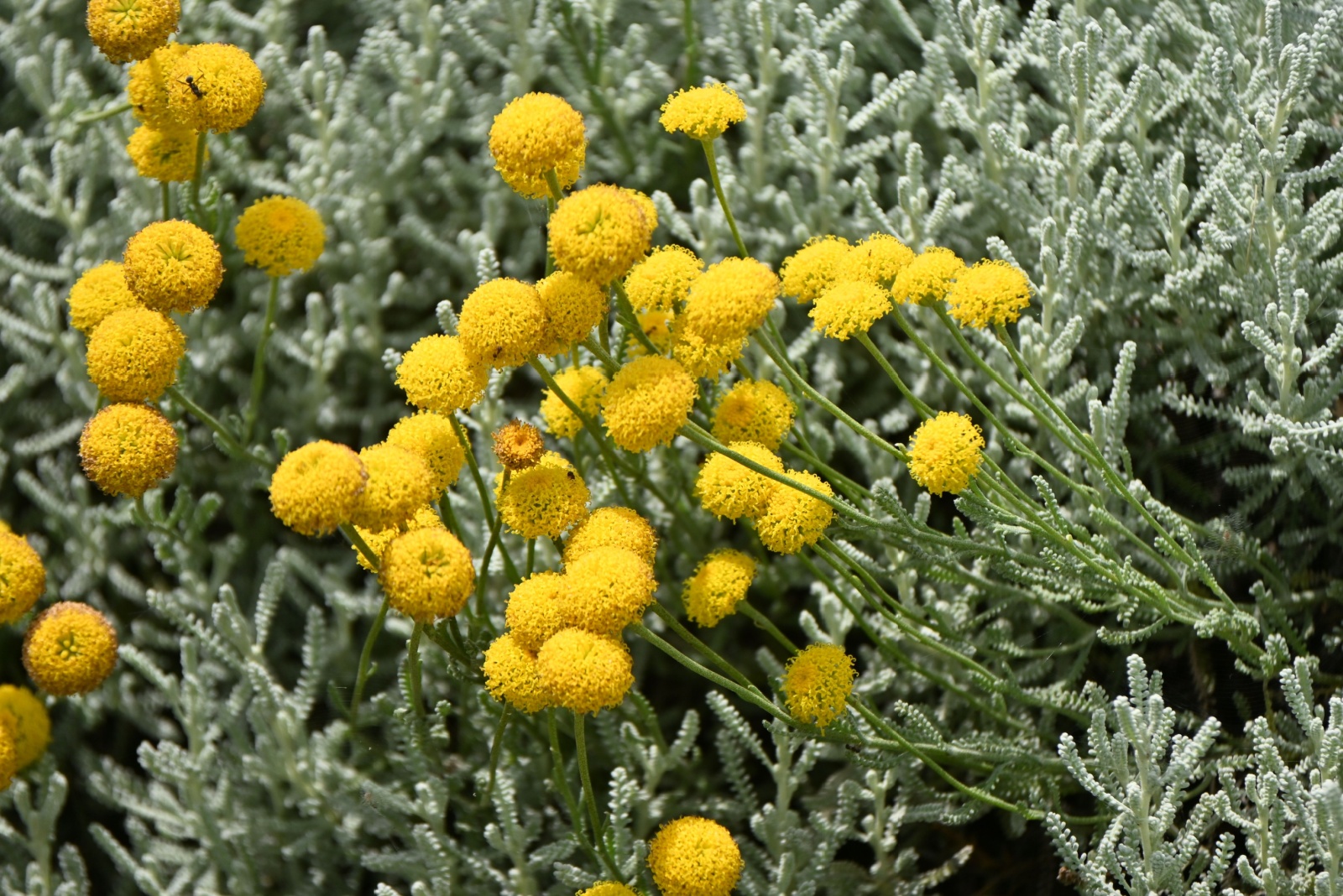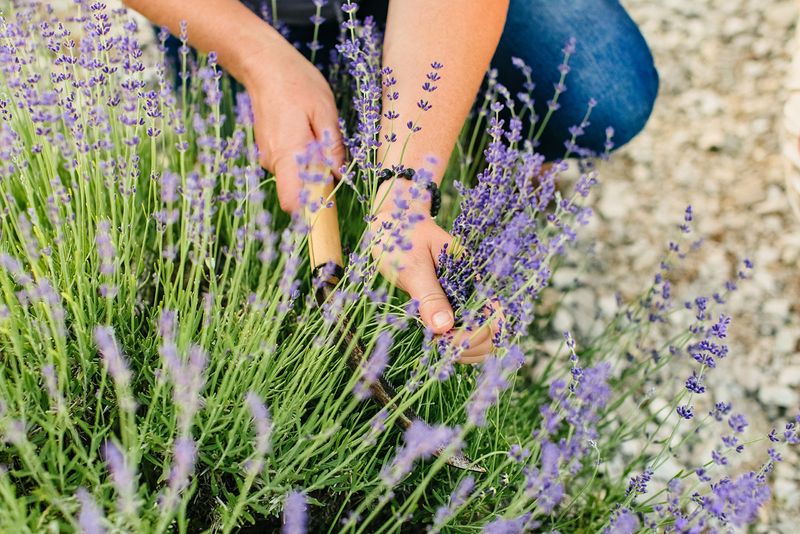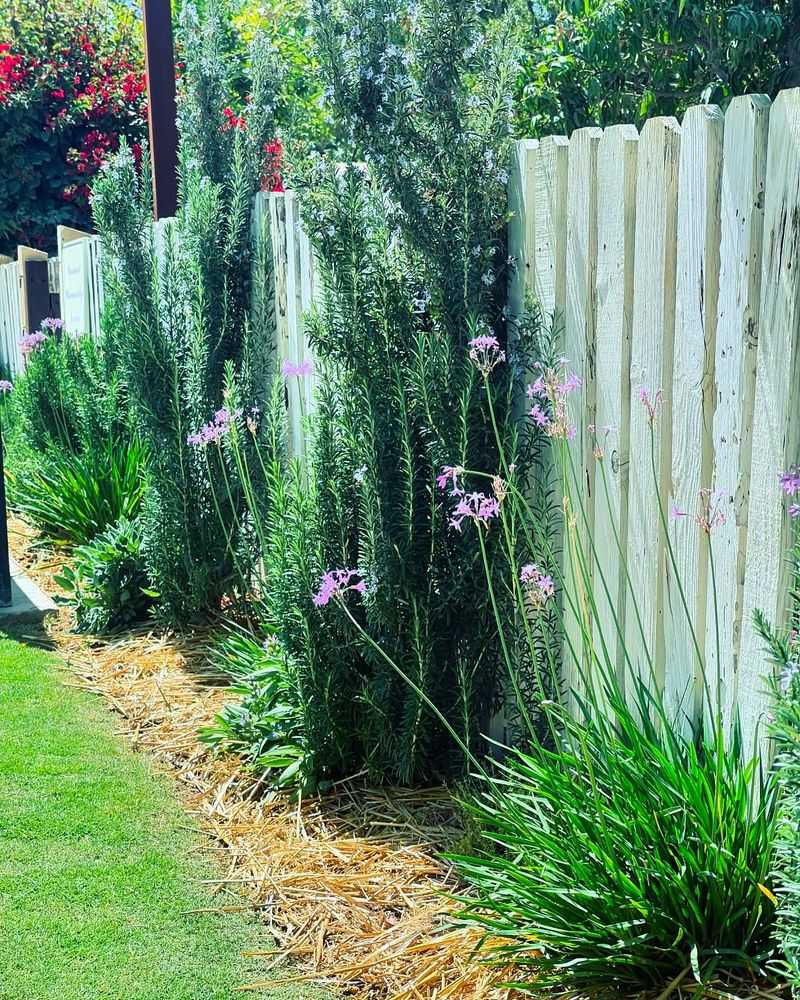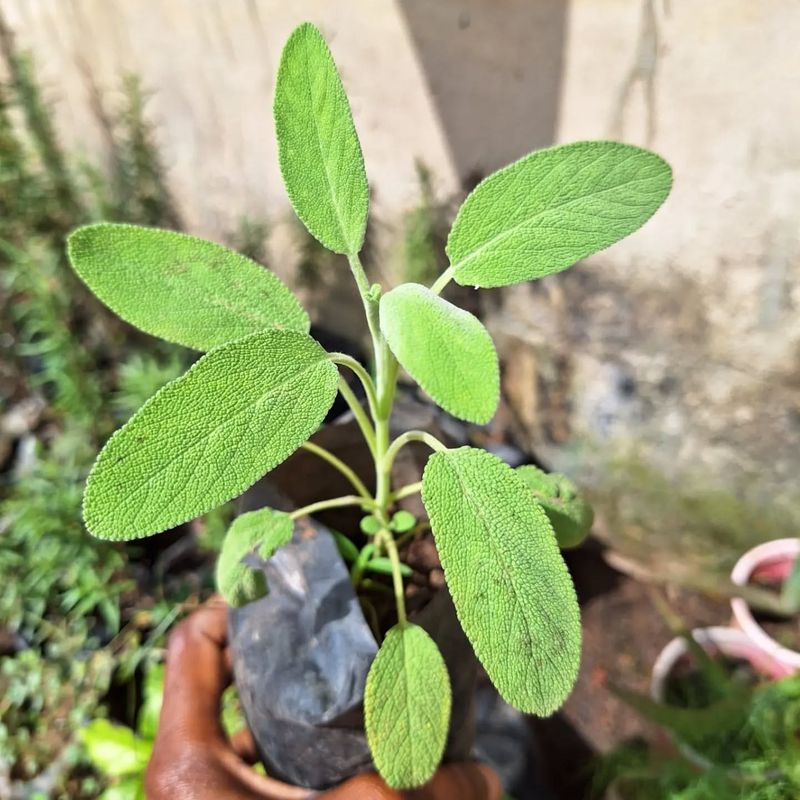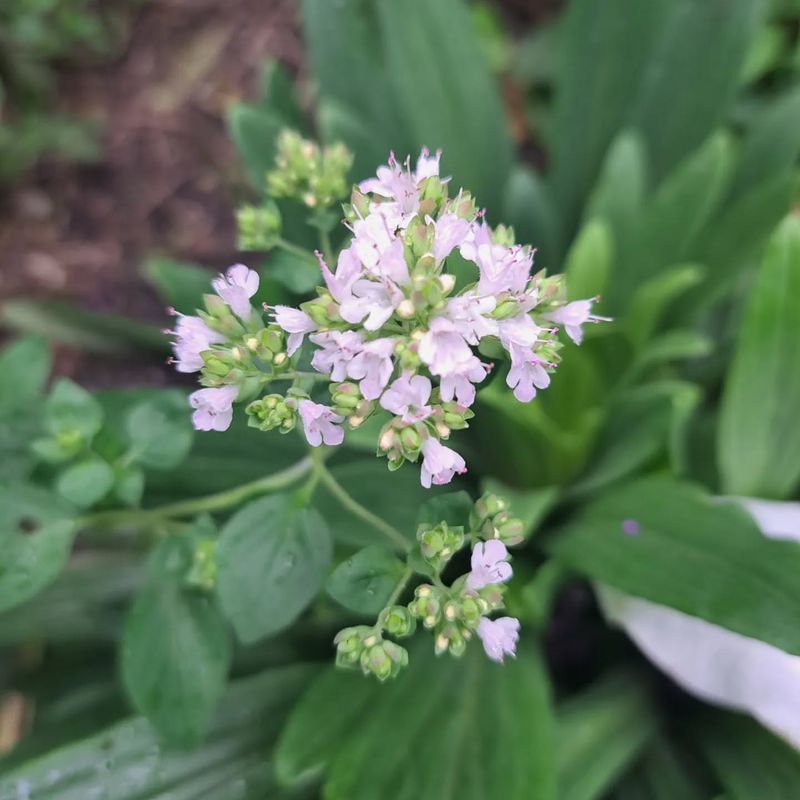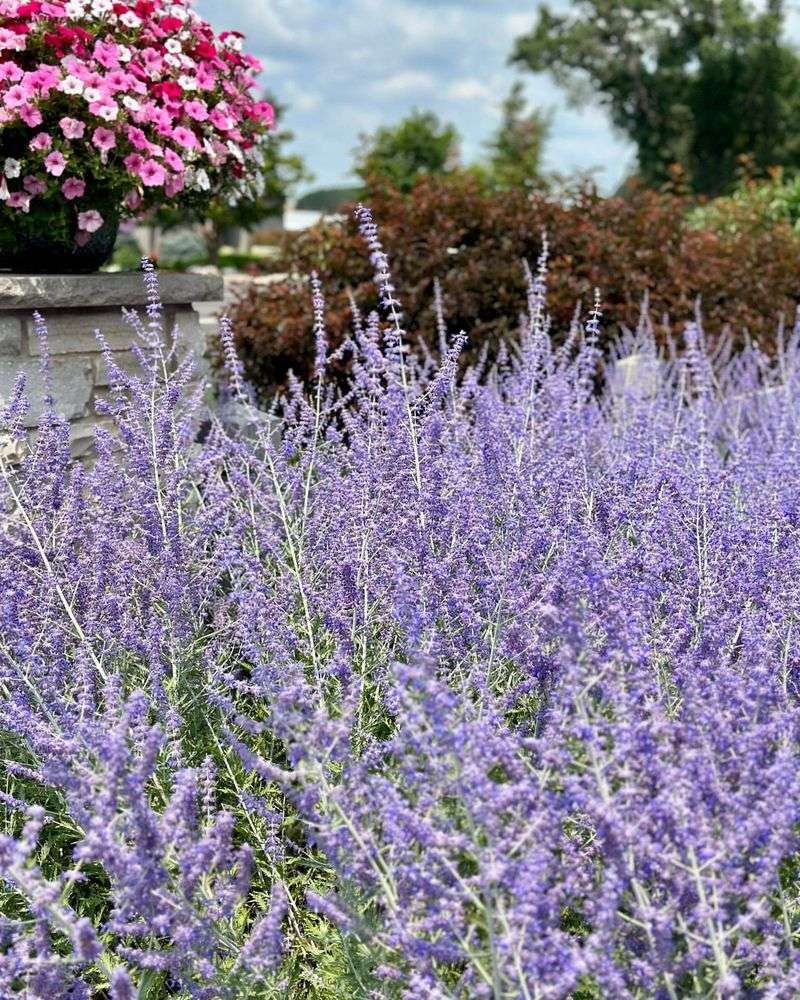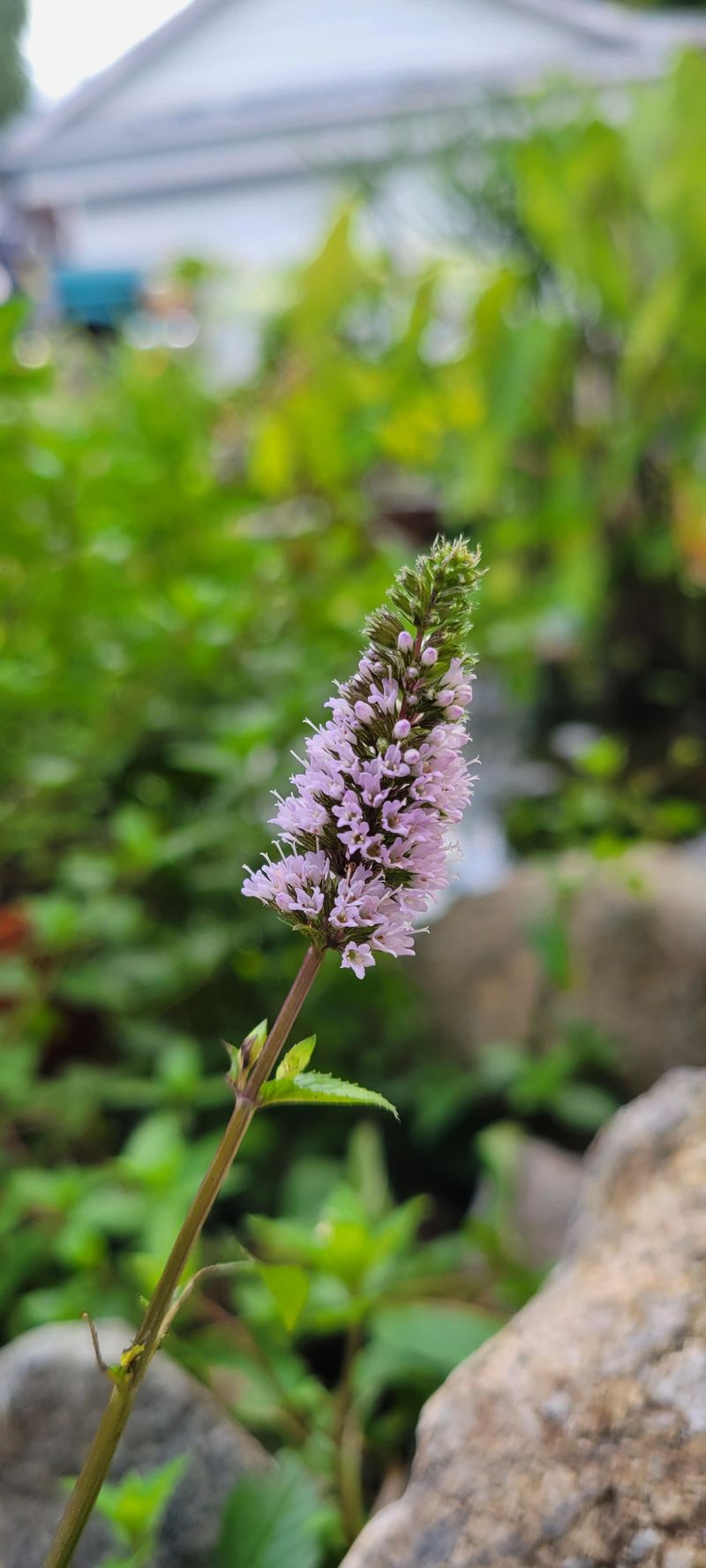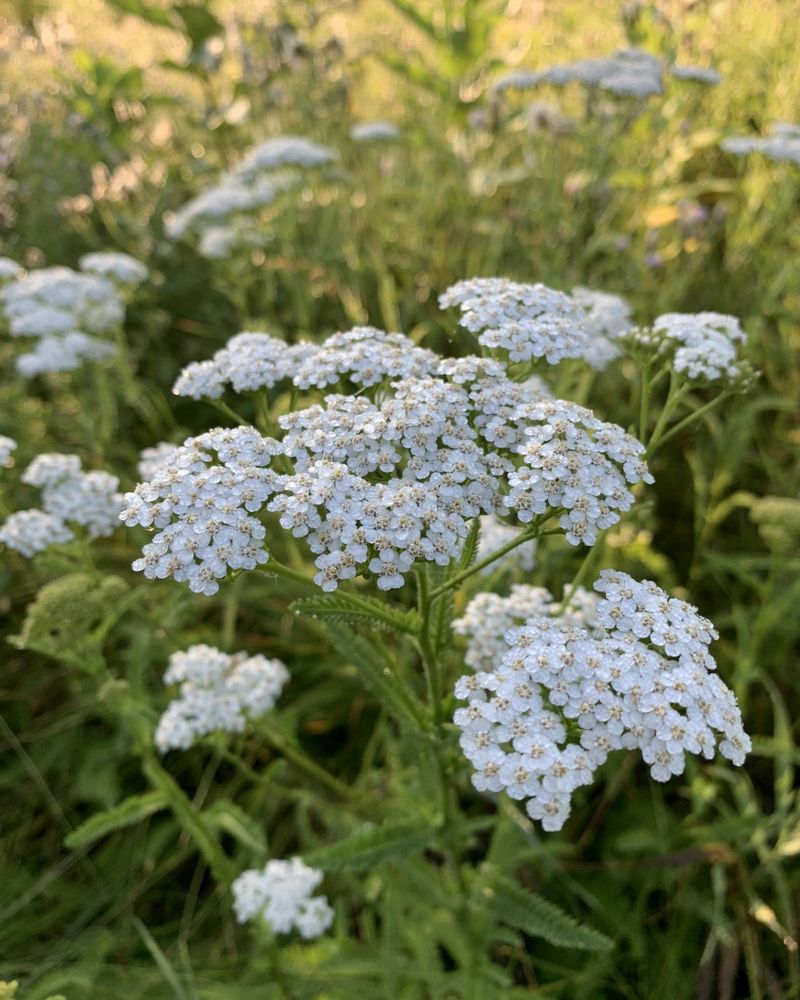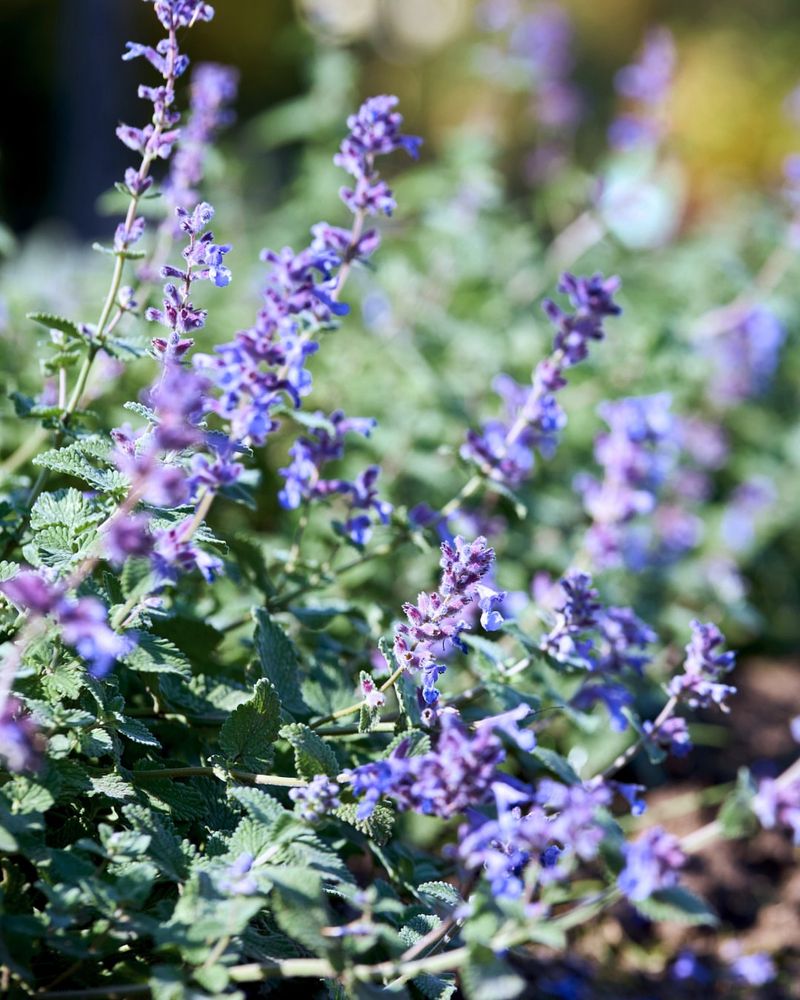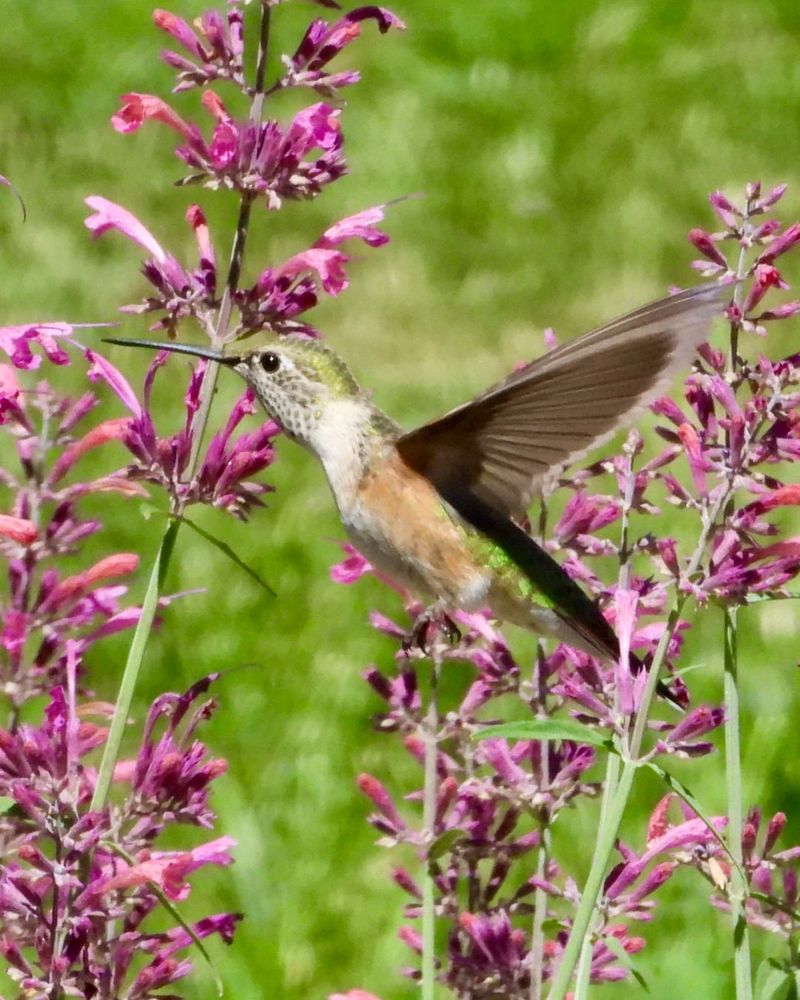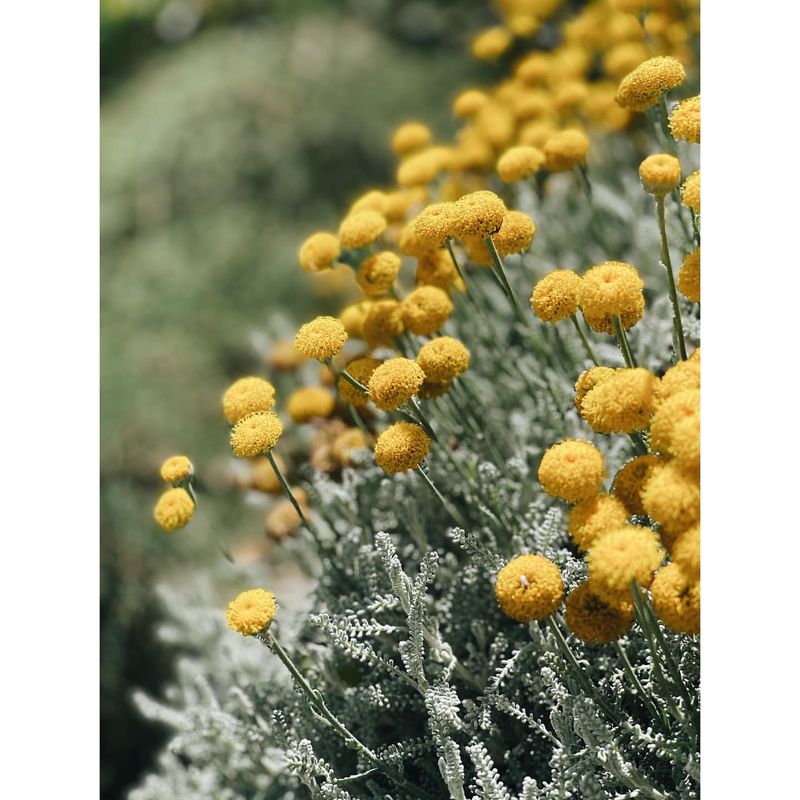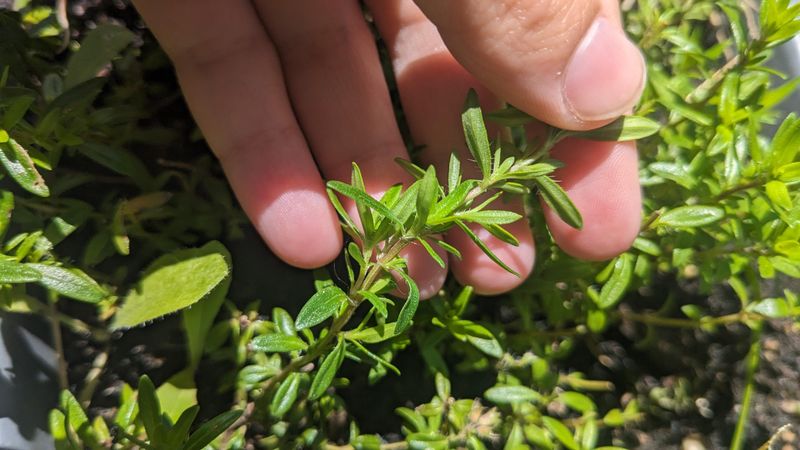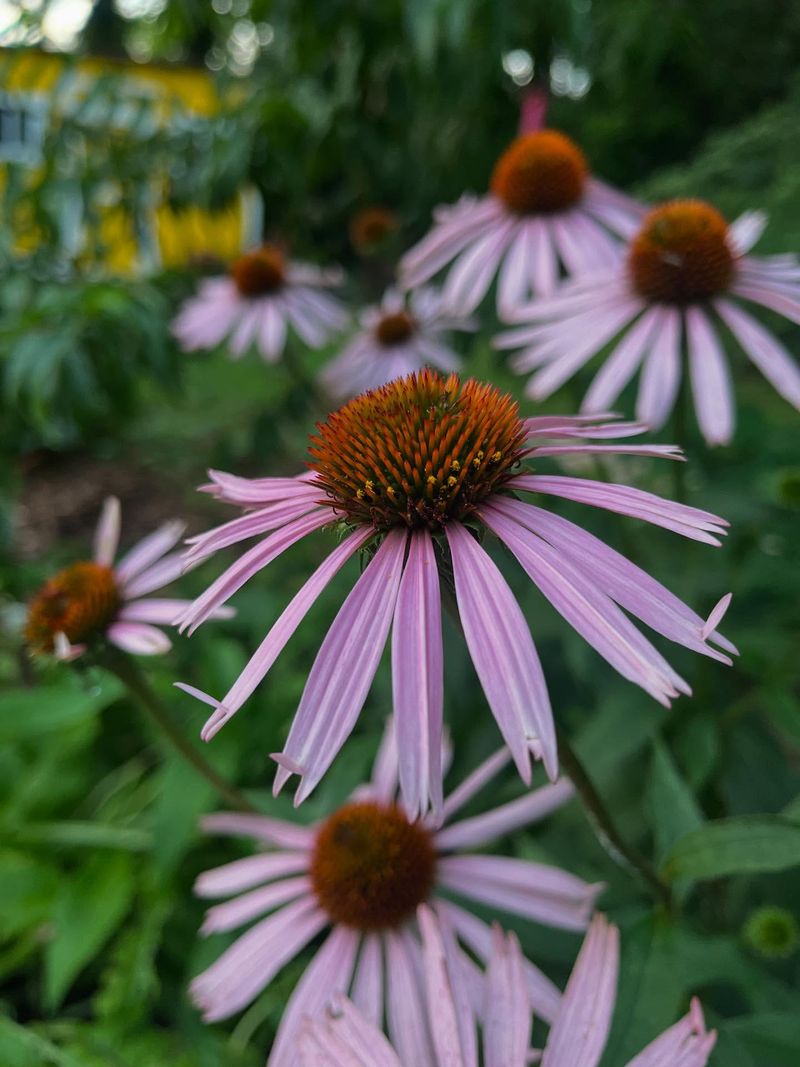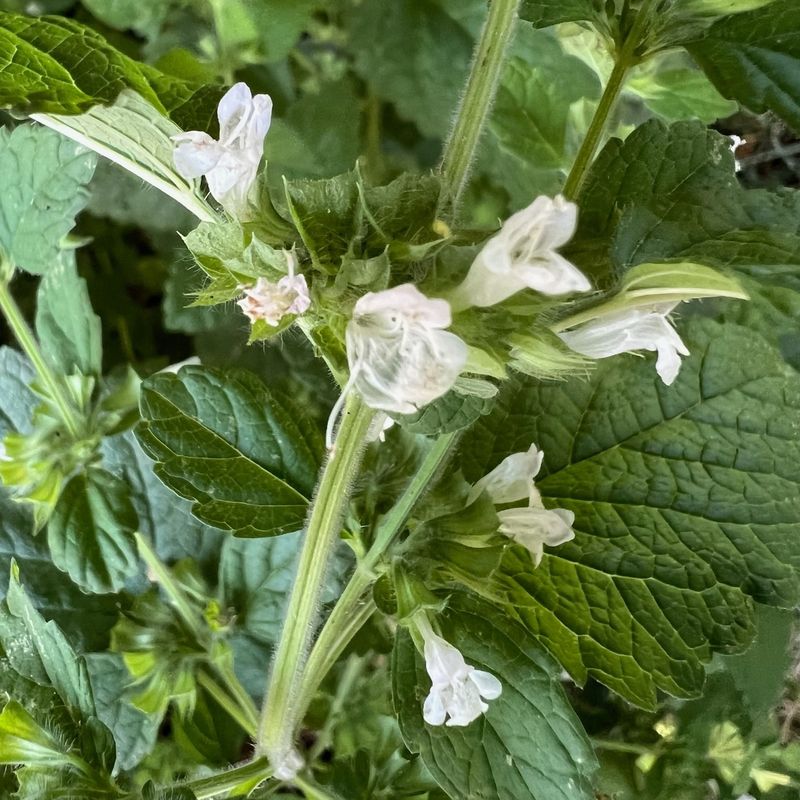Growing herbs in Utah’s challenging dry climate can transform your garden into a fragrant oasis while saving water. These hardy plants not only add beauty to flowerbeds but also provide fresh flavors for your kitchen and support local pollinators.
With the right selections, you can create a thriving herb garden that stands up to Utah’s hot summers and limited rainfall.
1. Lavender: The Purple Drought Fighter
Lavender thrives in Utah’s sunny, arid conditions, requiring minimal water once established. Its silvery foliage and purple blooms create stunning visual appeal while releasing a calming scent throughout your garden.
Plant lavender in well-draining soil with plenty of space between plants for air circulation. Harvest the flowers in early summer when blooms are just opening for the strongest fragrance and flavor.
2. Rosemary: Evergreen Aromatic Wonder
Standing tall with needle-like leaves, rosemary brings year-round structure and Mediterranean charm to Utah gardens. The plant’s natural oils help it retain moisture during hot spells, making it perfect for our climate.
Give rosemary a spot with full sun and well-draining soil. The upright varieties can form beautiful borders, while trailing types cascade nicely over garden walls or large containers.
3. Sage: Gray-Green Survivor
Sage’s velvety, gray-green leaves add interesting texture to Utah flowerbeds while requiring minimal fussing. The plant’s woody stems and drought-resistant nature make it a champion through summer heat waves.
Beyond cooking, sage attracts beneficial insects to your garden. The purple-blue flower spikes appear in late spring, creating a gorgeous contrast against the soft-colored foliage.
4. Thyme: Low-Growing Ground Cover
Barely reaching six inches tall, thyme creates a fragrant carpet in Utah gardens that can handle foot traffic and drought. The tiny leaves release their aroma when brushed against, making garden pathways more enjoyable.
Varieties like ‘Elfin’ and ‘Woolly’ thyme spread between stepping stones beautifully. During summer, the plant produces delicate pink or purple flowers that attract honeybees and other pollinators to your garden.
5. Oregano: The Spreading Spice Maker
Oregano’s spreading habit makes it perfect for filling empty spaces in Utah flowerbeds. Once established, it practically takes care of itself, asking for little water while providing abundant harvests.
Let oregano cascade over rock walls or container edges for visual interest. The small white or purple flowers that appear mid-summer aren’t just pretty—they’re pollinator magnets that help support local bee populations.
6. Russian Sage: Not True Sage But Still Amazing
Russian sage creates dramatic height with its silver-blue spires reaching 3-5 feet tall. Despite its name, it’s not actually a culinary sage but a tough perennial that withstands Utah’s challenging conditions beautifully.
Plant Russian sage where you can appreciate its airy texture against sturdy desert plants. The lavender-blue flower spikes last from midsummer through fall, providing months of color when many other plants have faded.
7. Mint: The Container Must
Surprisingly adaptable to Utah’s climate, mint thrives with moderate water and partial afternoon shade. The refreshing scent and cooling flavor make it worth growing, despite needing slightly more attention than other herbs.
Always plant mint in containers to prevent it from taking over your garden! Place pots near outdoor seating areas where brushing against the leaves releases their invigorating fragrance.
8. Yarrow: Native Medicinal Beauty
Yarrow’s feathery foliage creates a soft texture in Utah gardens while its flat-topped flower clusters add architectural interest. Native to our region, this herb needs almost no supplemental water once established.
Available in colors ranging from traditional white to vibrant yellows and reds, yarrow attracts butterflies throughout summer. The dried flowers hold their color remarkably well, making them perfect for dried arrangements.
9. Catmint: Purple Cloud of Flowers
Catmint creates waves of lavender-blue flowers that bloom repeatedly throughout the growing season in Utah. Unlike its cousin catnip, catmint maintains a tidier habit while still offering drought resistance.
The gray-green foliage remains attractive even when the plant isn’t flowering. Trim catmint back by one-third after the first major bloom to encourage a second flush of flowers and maintain a compact shape.
10. Hyssop: Hummingbird Magnet
Anise hyssop stands tall in Utah gardens with spikes of purple-blue flowers that hummingbirds simply can’t resist. The licorice-scented leaves make delightful teas while requiring minimal water.
Plant hyssop where you can watch the wildlife it attracts. This native herb grows quickly from seed and will often self-sow modestly, creating natural-looking drifts without becoming invasive.
11. Santolina: Silver-Gray Cotton Balls
Santolina’s silver-gray foliage creates year-round structure and color in Utah’s harshest conditions. The button-like yellow flowers appearing in summer resemble tiny cotton balls hovering above the aromatic foliage.
Also called lavender cotton, santolina makes excellent borders and knot gardens. The strong camphor scent naturally repels many garden pests, making it a practical addition to vegetable garden edges.
12. Winter Savory: Tiny-Leaved Powerhouse
Winter savory’s small, dark green leaves pack a peppery punch that enhances Utah gardens and dinner plates alike. This semi-woody subshrub maintains its form through winter when many herbs have died back.
The tiny white or pale purple flowers attract beneficial insects all summer long. Plant winter savory along garden edges where you can easily brush against it to release its spicy, invigorating scent.
13. Echinacea: Medicine Garden Star
Purple coneflower (Echinacea) combines medicinal properties with stunning beauty in Utah gardens. The distinctive cone-shaped centers surrounded by drooping purple petals create visual interest from summer through fall.
Native to North America, Echinacea has deep roots that help it withstand drought once established. Leave the spent flower heads standing through winter to feed birds and provide structural interest in the snow.
14. Lemon Balm: Citrus-Scented Refresher
Lemon balm’s bright green, crinkled leaves bring citrusy freshness to Utah gardens even during the hottest months. While it appreciates regular watering, it’s surprisingly resilient and bounces back quickly from dry spells.
Plant lemon balm where its invigorating scent can be enjoyed. Morning sun with afternoon shade keeps it looking its best in our climate, preventing leaf scorch during intense summer heat.

